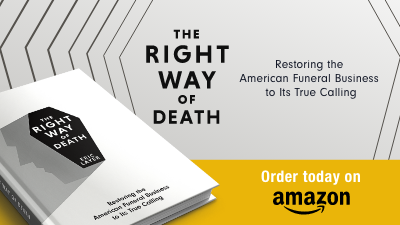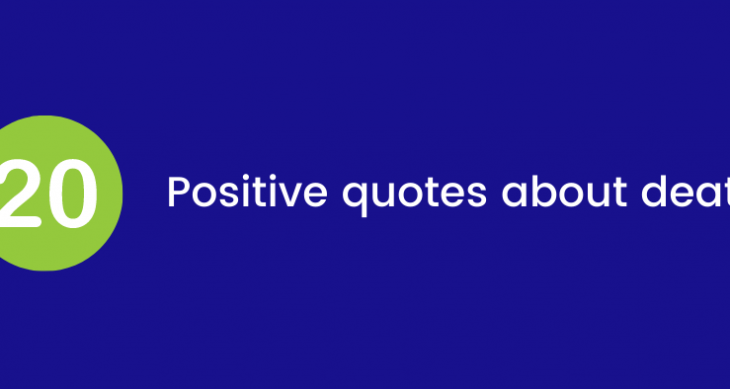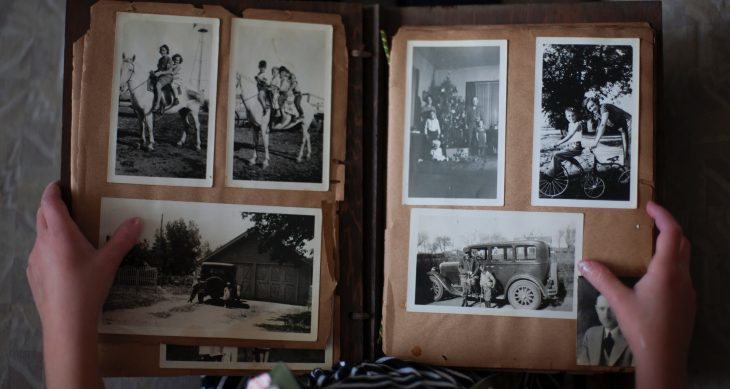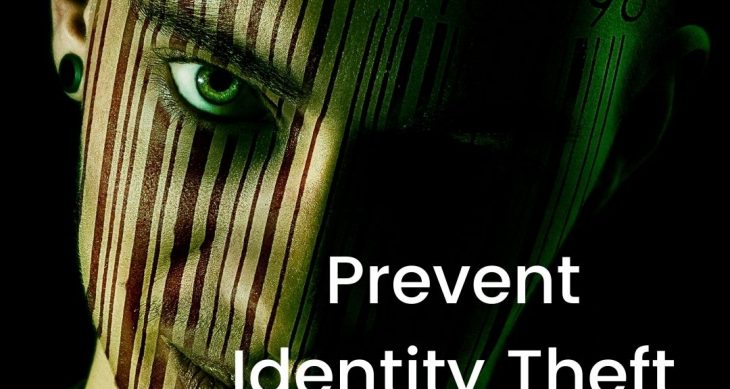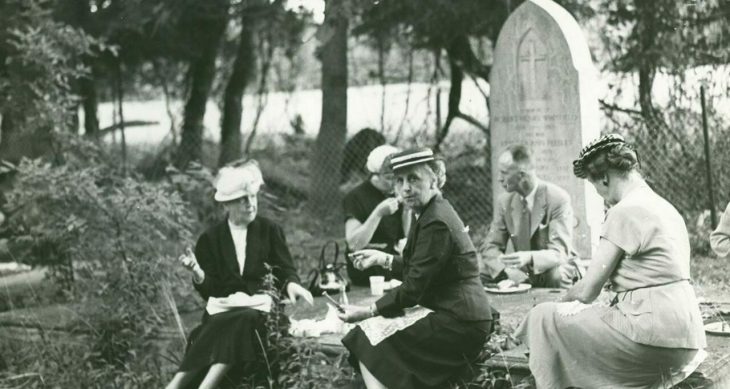
- Posted on
- Comments 0
Yes, Virginia, there is a right way to grieve
Written by Erin McCune on June 3rd, 2021
“We are a society that has forgotten how to grieve.” – Eric Layer
In Eric Layer’s new book, “The Right Way of Death,” Eric addresses funeral professionals with the surprising claim that “There is a right way to grieve. There is a right way to ‘do’ death. There is a right way to approach a loss. There are practices, steps, actions, decisions, and yes, even purchases, that will result in an easier, more complete farewell to the one lost.”
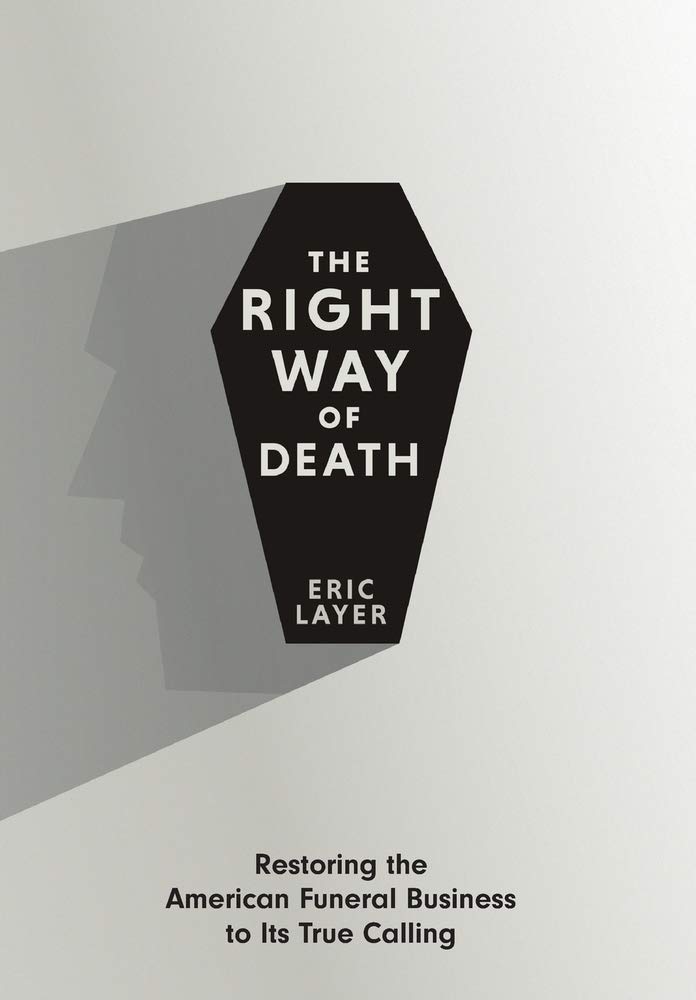
Eric’s overall premise is that funeral professionals are experts in helping families, not just in caring for the body and providing funeral services, but assisting loved ones in properly grieving and processing the death, and equipping them with the ability to recover and readjust to their new reality. He argues that the strongest value morticians can offer is by truly helping families through the grieving process, and that the products and services they offer are simply the tools morticians have to help in this process. As Eric says, “Funeral directors are experts, and it is high time they said so. You cannot serve thousands, or tens of thousands, of grieving families without picking up some clues about what works and what doesn’t.” However, grieving still changes over time, so morticians must adapt their methods, products, and services to align with the current “right way” to grieve.
His book is written as a guidebook for morticians, but tackles much more than that. Eric’s parents were married in the chapel of the funeral home where they both worked, and Eric’s childhood was steeped in the mortuary world, and today, he leads the death care division at McKee Wallwork + Co., an internationally recognized marketing advisory firm. The lessons in the book are designed for morticians, but are relatable for people in any industry.
What does Eric mean that there’s a right way to grieve? Eric makes the valid point that, with lifespans lengthening, many of us don’t have as much experience with death and grieving that we used to. As a result, “There is a right way to do death. And there is a wrong way. Avoidance, nonconfrontation, fear of emotion, suppression—all of these are wrong and will result in a stunted grief process.” “The really important choice, which every bereaved has to make at some point, is between confrontation and retreat. The choice between doing it the right, hard way, and doing it the way that seems easier but never helps.”
This creates a unique opportunity for funeral professionals, too– “Your target audience has forgotten how to ‘do’ death. On the one hand, that means they do not even know when to call you or what to ask for. But this is a minor concern compared to the massive opportunity in front of you. Never in human history has there been a generation so desperately in need of a death expert.” “Remember, you’re talking to people with little or no exposure to death, who are utterly uneducated regarding what to do, what steps to take, or even what’s appropriate. They call you because you’re the expert.”
While it seems self-explanatory that morticians serve as the community experts in death and grieving, Eric makes the valid point that there is a new desire for people to minimize the process, “streamline the experience and sidestep traditional mortuaries” in an unhealthy effort to avoid grief and processing the death. “Even in population segments that believe (for instance) that funerals are necessary for the grieving process, there is a general distrust and discomfort toward funeral homes.”
This puts the onus on the funeral professionals to align themselves with the needs of the families first– though, in the interest of helping them grieve the “right way”, it may mean educating people along the way, rather than just selling them exactly the products and services they originally asked for, since the grieving family may only be asking for direct cremation as a technique to avoid their natural grief and processing. “Funeral customers don’t just want cheap cremation; they want to be free of all of the upselling and productization that makes funeral planning uncomfortable. They want guidance through an experience for which they’re unprepared and which is intrinsically disorienting. They want to know they’ve honored their loved one. And they want all that without having to visit a dated building they associate with pain.”
However, sometimes the “right way” for a family is direct cremation, and it’s important to be empathetic and align with each family’s needs. For some mortuaries, this may even mean referring families to a different facility, so that they can be most effective working with the “right” families where their services and support are the most valuable. “Funeral directors have suffered mightily from the conviction that they must be jacks of all trades, rarely recognizing the painful truth that they are perceived as masters of none.”
One of the strong insights of the book surrounds the different models for the stages of grief. Most of us are familiar with the Kübler-Ross five stages of grief: Denial, Anger, Bargaining, Depression, and Acceptance. But Eric presents some of the other models as well, including Wolfelt and Worden, whose models are much more active than passive– since “It’s true that everybody does it differently, but everybody does it. Humans have almost universally agreed throughout history and across cultures that grieving requires action, community, and ritual.” There’s no question that grieving cannot be both passive and effective. “Worden’s thesis bucks the ubiquitous “five stages” conception of grief, arguing that it is indeed harmful to conceive of grief as a passive process through which one inevitably progresses. Instead, to Worden, the bereaved must actively complete ‘tasks’—a suitably onerous and burdensome term capturing the difficulty and intentionality required to grieve well.”
Eric points out that “If there is no right way, and if it’s every bit as fulfilling, healthy, valid, and helpful to cremate Mom and toss her in a shoebox in the garage as it is to celebrate her and lay her ceremoniously to rest, then mortuaries are certainly wasting their time.” But “one can hardly argue that an unhealed wound, continuing to fester and cause pain, was a wound handled rightly.”
As a marketing professional who grew up in a mortuary, Eric acknowledges “A funeral home is, unapologetically and of necessity, a business. And yet it is also, humbly and selflessly, a service. Every expectation of society screams that these two cannot—must not—coexist. Yet here we are.” His thesis is that if funeral professionals use their expertise to put the families’ needs first, and focus on the service aspect, that the business side will naturally follow. After all, “if we know that people are spending money that they might not otherwise in a sales process with which they’re uncomfortable, imagine what they might spend in a context that made them feel safe and protected.”
By recognizing that there is a “right way” to “do” death and grieve, funeral professionals can leverage their wisdom and experience to improve the experience for the families they serve, even as the mortuary itself becomes more profitable and effective. “You are the expert, and if you can free yourself from the constraints of your historical model, you can begin to expand and reinvent it so that what you sell is more closely aligned with what customers need. That way, when you win, so do they.”
“The Right Way of Death” is a great resource for people in any profession, but a must-read for those in the funeral profession, as Eric gently yet firmly guides them to understand that “death care’s current model is a century old, rooted in societal norms and structures that no longer exist.” and then he shows them how to leverage their considerable expertise as the asset it truly is. “This requires a shift: thinking of your knowledge as intrinsically valuable, rather than as simply a means by which to sell a product.” Morticians can find a way to both serve their families to their highest good and still turn a profit in the process. Eric reminds them that not only is there nothing wrong with that, but that by truly and empathetically serving their clients, they can repair the mistrust of the industry and help the entire community learn to “do” grieving right.
Liked this article? Keep up to date on the latest tech news with the Easeenet Echo!

